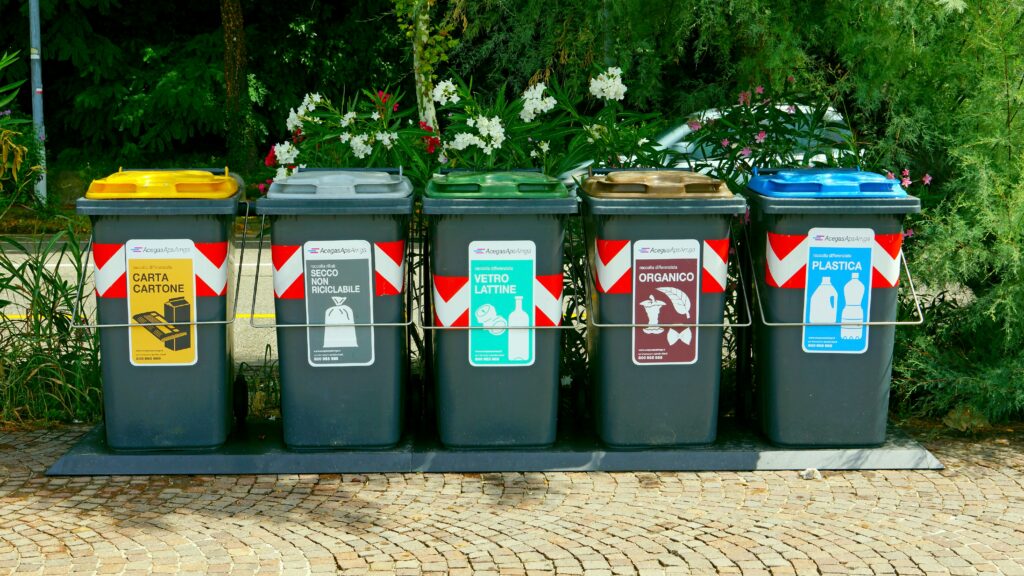Have you ever stopped to consider the environmental impact of your digital footprint? The unseen consequences of our high-tech lifestyles are coming to light in the form of electronic waste, or e-waste. With technological advancements happening at a breakneck pace, the disposal of outdated gadgets is a growing concern for both businesses and consumers alike.
According to a recent report by the Global E-waste Monitor, a staggering 53.6 million metric tons of e-waste was generated worldwide in 2019. This number is expected to rise to 74 million tons by 2030 if current trends continue. E-waste poses a significant threat to the environment due to the toxic materials it contains, such as lead, mercury, and cadmium, which can leach into soil and water if not properly recycled.
Businesses are beginning to take note of their responsibility in managing e-waste. Apple, for example, has implemented a recycling program that allows customers to return their old devices for responsible disposal. Tech giants like Microsoft and Dell are also investing in sustainable practices, such as using recycled materials in their products and designing for longevity to reduce waste.
As consumers, we can make a difference by choosing products from companies that prioritize sustainability and by properly recycling our electronics at certified e-waste recycling facilities. By taking small steps to reduce our digital footprint, we can help mitigate the environmental impact of our tech-driven world.



